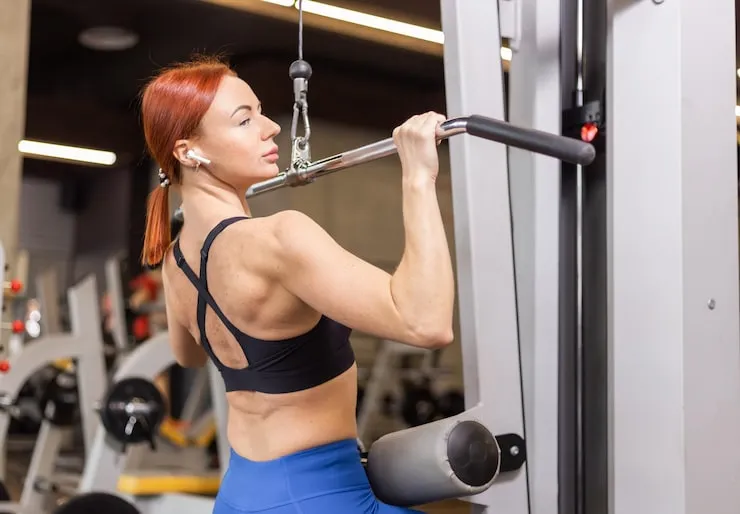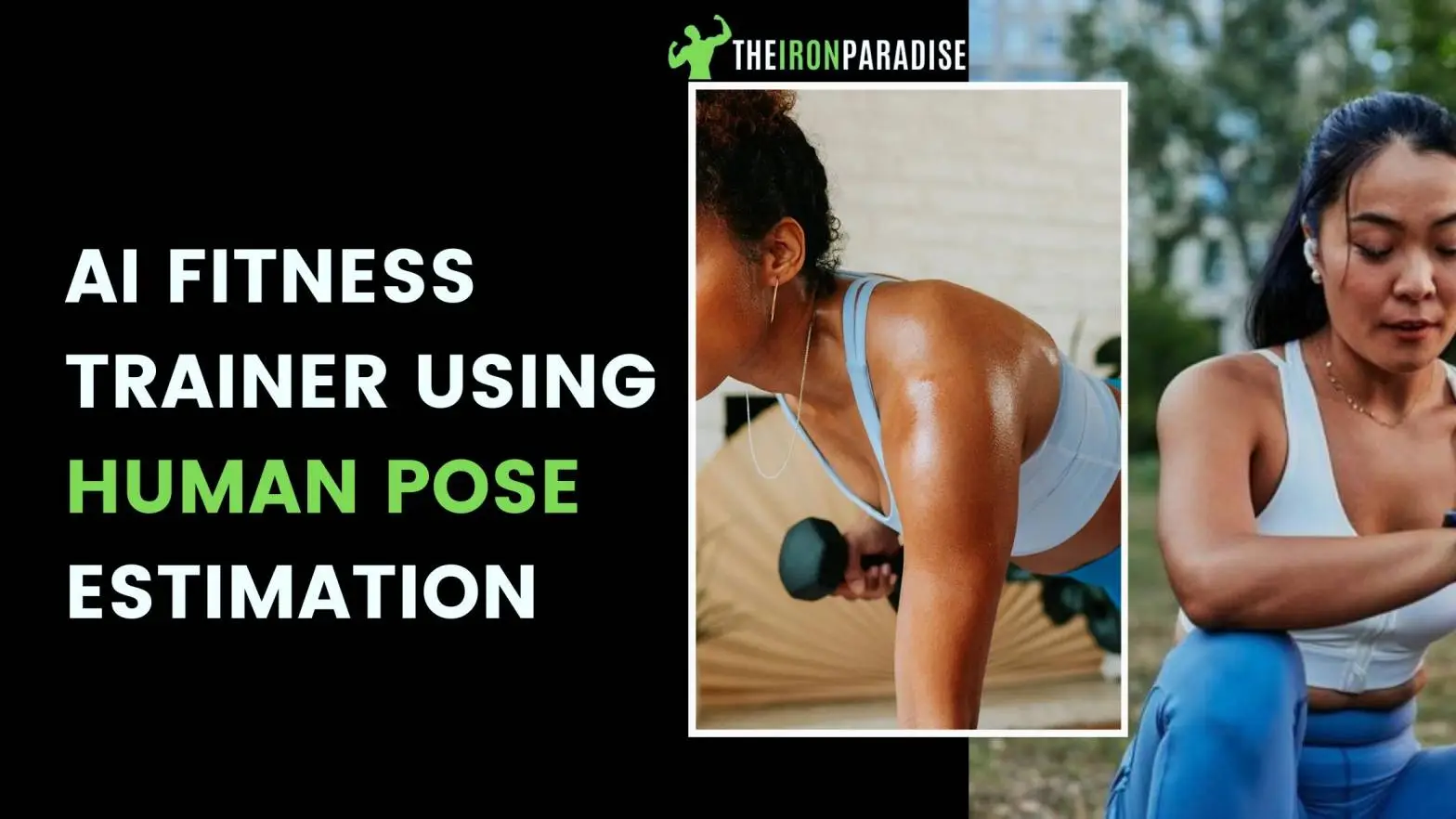
The goal of this post is to create an AI fitness trainer that can assist you in performing squats with ease, regardless of your level of experience. We may use a human posture estimation system based on deep learning to do this task. A number of well-known frameworks for predicting human posture are MediaPipe, Yolov7, OpenPose, and AlphaPose. However, we have chosen to estimate the human keypoints using Mediapipe's Pose pipeline due of the ai fitness trainer using human pose estimation.
Along with suitable feedback, the program will also have features for performing squats in Beginner and Pro levels. Are you curious in the operation of Human Pose Estimation? You might start by reading this excellent article on Human Pose Estimation using OpenCV.
Human Pose Estimation: What is it?
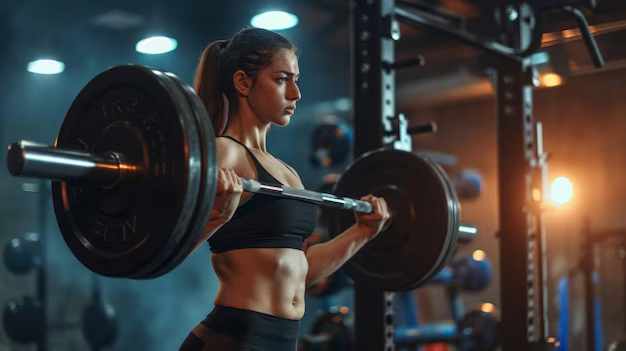
In computer vision, human posture estimation is a job where the model attempts to locate important body parts, such as limbs and joints, that may be used to ascertain the current stance of an individual. Real-time dynamic tracking of such points during motion is possible using pose estimation methods. This essentially implies that we may examine motion patterns and use this information to inform future judgments.
In order to identify body parts and follow their movements in three dimensions, the majority of posture estimation techniques rely on capturing an RGB picture using an optical sensor, such as a smartphone camera or security lens. When combined with other computer vision methods, this enables the automation of repetitive chores in surveillance, coaching, fitness, rehabilitation, and even some augmented reality applications, such as virtual changing rooms.
Read Also: Band Of Tissue Connecting Muscle And Bone NYT: What You Need To Know?
Estimating Body Pose using MediaPipe
Using the BlazePose topology, a superset of the COCO, BlazeFace, and BlazePalm topologies, MediaPipe posture is an ML solution for high-fidelity body posture tracking that uses RGB video frames to infer 33 3D landmarks and background segmentation masks on the ai fitness trainer using human pose estimation.
Like the MediaPipe Hands and MediaPipe Face Mesh systems, the MediaPipe posture pipeline is a two-step detection-tracking pipeline. The pipeline initially finds the person/pose region-of-interest (ROI) in the frame using a detector. The tracker then uses the ROI-cropped frame as input to forecast the posture landmarks and segmentation mask inside the ROI.
Frontal and Side View Intuition for Posture Analysis
It may be interesting to carry out different computations while building an application to evaluate different fitness workouts while taking the object's (person's) camera perspective into consideration.
We can utilize the slopes and angles of the several landmark points, such as the angle between the knee-hip and knee-knee lines, by using the frontal perspective, which gives us access to both the left and right sides. Analyzing workouts like overhead presses, side planks, crunches, curls, etc., may be made easier with this knowledge.
Better estimations of different inclinations with respect to the verticals or horizontals can be found using the side view. Analyzing activities like deadlifts, pushups, squats, dips, etc. might be aided by this knowledge.
We have chosen a side perspective since we are examining squats and all important calculations on the proper inclinations with the verticals.
Developing an AI Fitness Trainer to Evaluate Squats with MediaPipe Pose
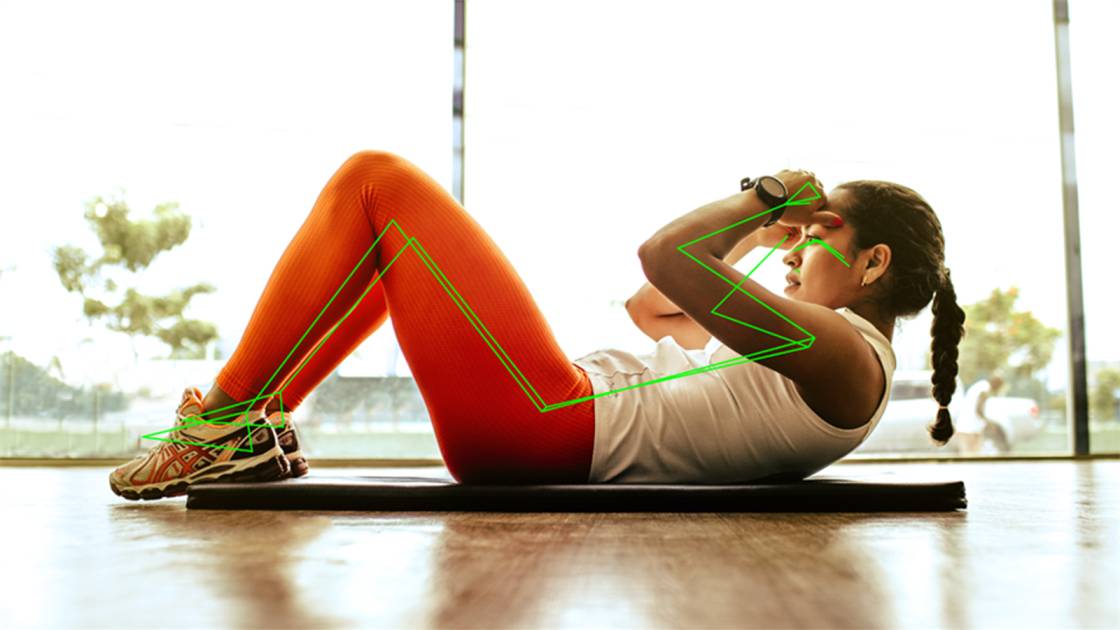
The following graphic shows the landmarks that would be necessary for our application.
In order to compute the states (described in the next sections) and execute the relevant feedback messages, we will take into account the angles of the hip-knee, knee-ankle, and shoulder-hip lines with the verticals. The picture below illustrates this.
In order to preserve a nice side vision, we will also compute the offset angle, which is the angle that the nose and shoulders subtend, with appropriate warning.
Additionally, we will take into account the times for calculating inactivity, which will be used to reset the counts for proper and improper squats.
Additionally, the program will provide two modes: Beginner and Pro. Regardless of one's level of experience, one may select any mode and begin practicing squats with ease.
One of the most fascinating areas of computer vision research is human pose estimation. It is useful in many different applications. It may be used to create a straightforward yet fascinating application that examines bad seating ai fitness trainer using human pose estimation.
An explanation of the state diagram during squats
The many states maintained throughout a squat are explained using a state transition diagram.
We shall simplify this phase to the angle between the knee and the vertical from now on. Keep in mind that all states are computed using the angle between the hip-knee line and the vertical.
State s1: The knee is in the Normal phase and in state s1 if the angle between it and the vertical is less than 32°. It basically serves as the state where the correct and improper squat counters are updated.
State s2: The knee is in the Transition phase and moves on to state s2 if the angle between the knee and the vertical is between 35° and 65°.
State s3: The knee is in the Pass phase and moves on to state s3 if the angle between the knee and the vertical falls within a certain range, such as 75° to 95°.
How Does 3D Estimate of Human Pose Operate?
The first step in a pose estimation system's entire procedure is gathering the initial data and uploading it for processing. In order to produce a more accurate estimate of a posture, many models may process the series of frames while also taking historical data into account.
The position estimation model will first examine every frame and identify important body parts. Since 2D coordinates may be extracted and interpreted into 3D space considerably more quickly, some models operate with them using distinct modules.
You May Also Like: What exercises are best for your health?
The Top 5 Use Cases for Human Pose Estimation
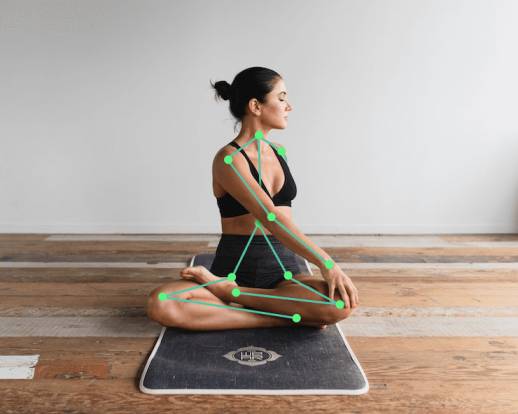
Given the foundational work in the fields of fitness, rehabilitation, animation, gaming, robotics, and even surveillance, pose estimation may be regarded as a rather established technology. Let's now discuss the current use cases.
1. AI applications for training and fitness
Since human posture estimation may be used to evaluate athlete motions in various settings using just a smartphone camera, it has received the greatest interest in the field of AI fitness applications. Fitness applications based on HPE may be broadly divided into two groups:
analytics for sports performance. These apps may display precise workout stats and provide athletes information on how they execute a certain activity over time. These include hip height during a leap, power movement lever angle, technique modifications in between repetitions, etc.
AI guidance and remedial criticism. This category is intended to indicate if a user is successfully doing the exercise in terms of technique. Posture adjustment, biomechanic advice, and general mentorship through comparative training are examples of such pointers.
2. Applications of physiotherapy and rehabilitation
Using posture estimation to track human activity during rehabilitation activities is another example. The primary distinction between fitness and rehabilitation instances is that, as a crucial factor in potentially dangerous injuries, we require far greater precision in identifying keypoints and how they alter throughout movement.
3. Applications for online shopping
Pose estimation is one of the most sophisticated techniques for identifying and detecting a human body's location in space, and it can be useful for augmented reality-based applications such as virtual changing rooms. This may be applied to online shopping where customers find it difficult to try on clothing before making a purchase.
Key body points can be tracked using human posture estimation, and the augmented reality engine that will suit the user's clothing can use this information. Any portion of the body, any kind of clothing, or even face masks can be used for ai fitness trainer using human pose estimation.
4. Applications for animation and gaming
There are many intricate jobs in the challenging field of game creation that need for an understanding of human body mechanics. Game character animation frequently uses body pose estimation to streamline the process by transferring monitored key points in a specific location to the animated model.
This work's method is similar to motion tracking technology used in video production, but it doesn't need placing a lot of sensors on the model. Alternatively, we may employ numerous cameras to automatically identify and detect the motion pattern. The retrieved data may subsequently be converted and imported into the game engine's real 3D model.
5. Apps for tracking human behavior and surveillance
among certain surveillance circumstances, identifying a crime among a crowd of individuals is not necessary. Alternatively, webcams may be used to automate routine tasks, such as grocery store buying.
For instance, human posture estimation is used by cashierless retail systems such as Amazon GO to determine if an individual has taken an item off a shelf. Amazon uses a network of camera sensors and Internet of Things devices to automate the checkout process in its stores by combining pose estimation with other computer vision technology.
The portion of the process where the camera cannot see the actual area of contact with the product is handled by human pose estimate. In order to determine if a consumer removed the object from the shelf or left it there, the pose estimation model here examines the positions of their hands and heads.
FAQs: Ai Fitness Trainer Using Human Pose Estimation
What is the scope of human pose estimation?
One method for recognizing and categorizing the joints in the human body is Human Pose Estimation (HPE). Basically, it's a method of recording a set of coordinates for every joint (arm, head, torso, etc.), which is referred to as a key point that might characterize a person's posture.
What is pose estimation and correction?
Pose estimate is a technique that uses a person's picture or video to determine the precise positions of important bodily joints. This computer vision method recognizes human posture in pictures or videos and highlights important details like the knee or elbow in the final image.
What impact does AI have on the fitness sector?
The development of customized exercise regimens is among the most important uses of AI in fitness. A user's age, weight, fitness level, and goals may all be analyzed by AI algorithms to create customized workout plans that maximize ai fitness trainer using human pose estimation.
What is the purpose of pose detection?
In computer vision, human posture estimation is a job where the model attempts to locate important body parts, such as limbs and joints, that may be used to ascertain the current stance of an individual. Real-time dynamic tracking of such points during motion is possible using pose estimation methods.

